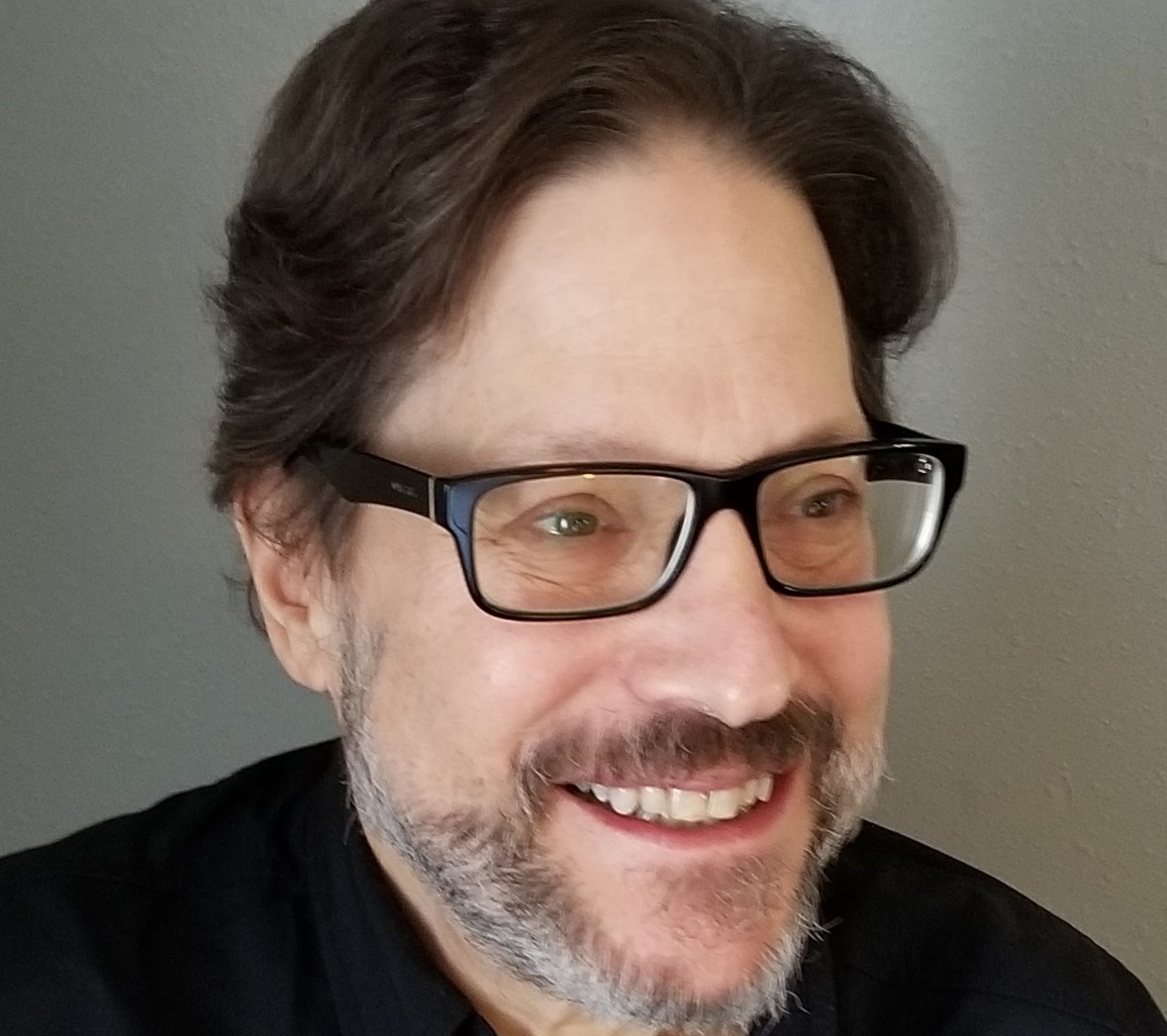At Credit Human, System Dynamics is Part of the Mission
 Steve Hennigan
Steve Hennigan
Businesses around the world engage in system dynamics projects. It’s less common to find a business that builds
system dynamics into its managerial toolkit and rarer still for a business to incorporate system dynamics in its
mission statement. Credit Human, a San Antonio-based credit union serving over 200,000 members, does all three.
Credit Human’s embrace of system dynamics as an operational practice began, as it does in many organizations,
with a critical project – the launch of manufactured housing lending. “In the early 2000s, there was a huge demand
for manufactured housing but so many lenders had gone through boom and bust cycles,” says Steve Hennigan, CEO. “We
wanted to participate in the market in a more sustainable way.”
Hennigan had been introduced to system dynamics through an MIT executive program taught by Dr. Jim Hines. He continued
to read and study system dynamics and knew that causal loops and modeling would help Credit Union analyze the manufactured
housing market its potential role in it. He asked Hines, who had left MIT, to serve as a consultant at Credit Human to build
a system dynamics practice, a long-term effort that began with the manufactured housing market investigation.
 Jim Hines
Jim Hines
“Lenders sell services through dealers who are selling manufactured housing,” says Hines. “We thought that we would need a
sales force time-allocation model in order to understand how many people were needed to sign dealers. Unexpectedly, simulations
showed one of our three manufactured housing regions running out of prospects. That aha moment came with critical policy
implications, namely, that the sales force in that region should stop prospecting. The market was already nearing saturation.”
A separate model uncovered a problem in the manufactured housing market’s credit cycle. “Banks base lending decisions on
average FICO score standards that oscillate or cycle,” says Hines. “When defaults are high, the FICO standard is raised.
When defaults are low, the standard is lowered. In each cycle, standards rise to levels that are too high and then fall to
levels that are too low.”
“Based on credit cycle modeling, model analysis, and real-world testing, we developed a policy for the entire credit
union that changes the information used to change credit standards,” says Hines. “The overall result of our work is a
reduction in the amplitude – the high highs and the low lows – of the credit cycle we experience. That’s both better
for our borrowers and makes it easier to manage lending overall. In the manufactured housing market, in particular, we
are a steadier lending partner to dealers which has made us the third largest manufactured housing lender in the country.”
“We turned the model into a credit cycle policy for all our product lines,” says Hennigan. “It’s documented and part of
our day-to-day operation that receives institutional revisiting, review, and compliance checks.”
Using causal loops and models helps [managers] understand what’s happening inside and outside of work so they can find better solutions.
Credit Human is also using system dynamics to investigate service quality erosion with the assistance of Dr. Rogelio Oliva,
professor at the University of Texas A&M and winner of the 2019 Forrester Award. “Service quality suffers when you don’t properly
resource and fatigue sets in,” says Hennigan. “The typical reaction is to overhire, which creates other problems. Managers don’t
always understand the work that’s happening below them, so they don’t understand the real cause of service quality erosion. Maybe
the cause is outside of work. Using causal loops and models helps them understand what’s happening inside and outside of work so
they can find better solutions.”
A system dynamics look at productivity is very tied to the Credit Human mission to serve people of modest means. “In lending,
productivity doesn’t increase over time,” says Hennigan. “There are only so many loans that can be processed in a day. If you
want to grow and increase wages, you have to process more loans and that leads to corner cutting. We’ve seen what happens when
lending institutions cut corners. So, for-profit banks are pursuing larger loans, which leaves out lower income families. That’s
our market and it’s a huge opportunity.”
Credit Human’s intention to successfully serve that market by employing systems dynamics as an operational practice is laid
out in a revitalized mission document that was, itself, developed with a model. It begins by stating that Credit Human’s mission
“is to help people create, build, and maintain financial slack”, especially those “who either experience or at risk of experiencing
financial stress because they lack desired slack.” The second key principle in delivering on that mission is “use a system dynamics
approach to understand and solve the challenges of our mission.”
“Moving forward, we’re making system dynamics a part of our problem-solving toolkit,” says Hennigan. “Mid-level managers will apply
system dynamics to concrete, day-to-day problems and higher -level executives will look at bigger, more abstract issues. They’ll
understand what’s going on before forwarding a solution.”
To help managers build their own system dynamics toolkits, Hines is working with Michael Friedman, a consultant who is helping
Credit Human apply Requisite Organization principles. “Managers and executives don’t have time to become a system dynamics expert
in a couple of years,” says Hines. “I started thinking about a longer learning process and, working with Michael, I got an idea.”
Hines and Friedman thought about their own system dynamics and Requisite Organization learning experiences. They realized that their
practice area was their primary mental model (Mental Model 1 or MM1) and other things they had learned were secondary mental models
(MM2) that supported MM1. “For me, MM1 is system dynamics,” says Hines. “Math, computer programming, behavioral economics, and
organizational evolution are MM2s that extend and deepen my understanding and use of system dynamics. For example, my background
in system dynamics enabled me to learn aspects of differential equations that would help me in my system dynamics work.”
For Credit Human managers, their job is MM1. System dynamics is MM2. “Rather than teaching system dynamics as an MM1, we’ll
teach it as an MM2,” says Hines. “People will learn at a time that’s relevant to their own job requirements or career development.”
Requisite Organization provides a framework by creating management levels that Hennigan has used to define system dynamics
adoption and use expectations. “At lower management levels, people might learn how to use reference modes or simple causal
loops to think through a problem,” says Hines. “At higher levels, they’ll create full models and simulations to investigate
broader, more strategic issues.”
Hines points out that every step in the system dynamics method is useful. “Just listing variables helps managers calm down
and focus,” says Hines. “Going on to create reference modes adds to understanding and causal loop diagrams add insight.
Simulation modeling deepens prior insights which uncover new ones. Applying system dynamics at any level helps people see
their own role in a problem which helps eliminate arrogance and broaden viewpoints. Perhaps most important, system dynamics
requires managers to separate the problem from its causes and possible solutions. Often those things are discussed in a
confusing jumble.”
Credit Human is compiling a library of system dynamics work and models to support employee learning. Sharing causal
loops and models will allow peers to learn from one another, apply work done in one area to new issues, or use prior
work as a starting point for new models and simulations. And, like the credit cycle policy, Credit Human will continue
to use models to formulate policies that direct on-going decision making.
This is a hard journey, but once you change the way you work it gets easier, and it’s nice to solve
problems once rather than again and again.
“Increasing the use of system dynamics throughout management levels is a big project,” says Hennigan. “Jim and I work
together five to six hours a week. People know that I appreciate it when they think about and explain issues using
causal loops. This is a hard journey but once you change the way you work it gets easier and it’s nice to solve problems
once rather than again and again.”
“When I was a doctoral student at MIT, studying under Jay Forrester, I believed that system dynamics would become part
of the managerial fabric of most businesses,” says Hines. “I was enthusiastic to help make that happen but, sadly, it
hasn’t. Credit Human is the most remarkable company I’ve worked with, the most managerially innovative. It shows that
when a company gets its act together with system dynamics, it will succeed.”